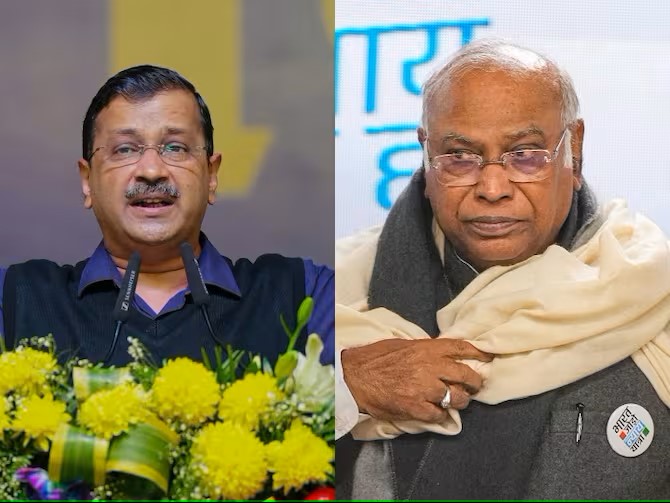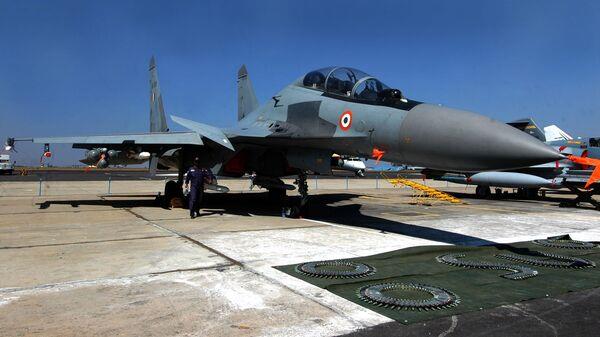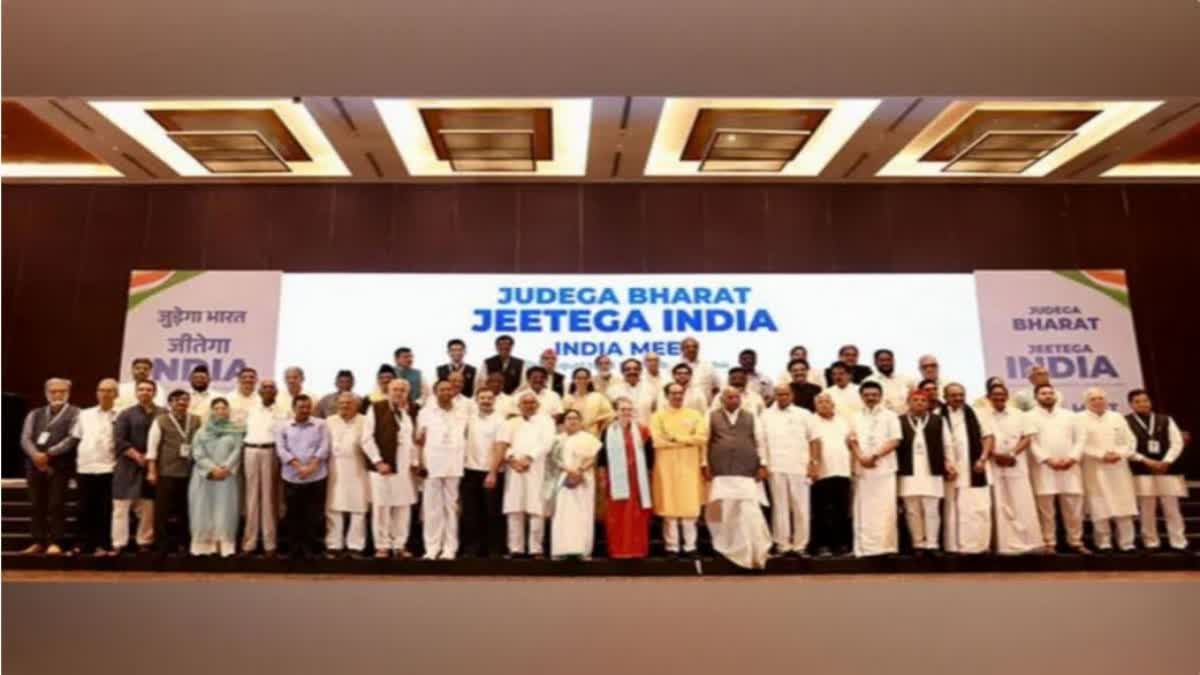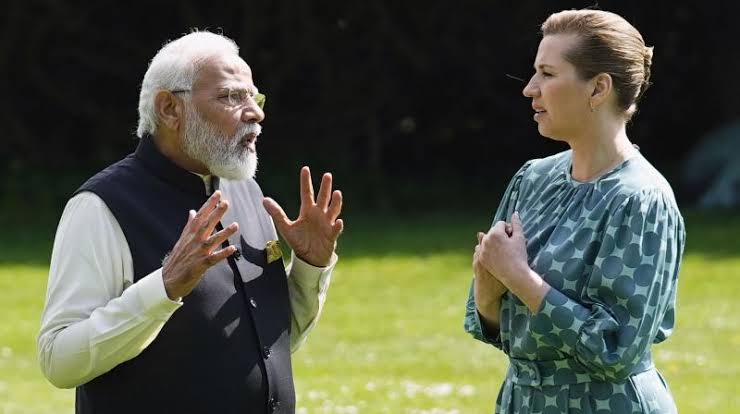The Aam Aadmi Party’s (AAP) offer of a single Lok Sabha seat to the Congress in Delhi has ignited a political firestorm, exposing simmering tensions within the INDIA alliance and raising questions about its viability in the upcoming 2024 Lok Sabha elections. While AAP justifies its offer as honouring the “dharma of the alliance,” the accompanying critique of Congress’s performance paints a different picture – one of political pragmatism intertwined with a power play.
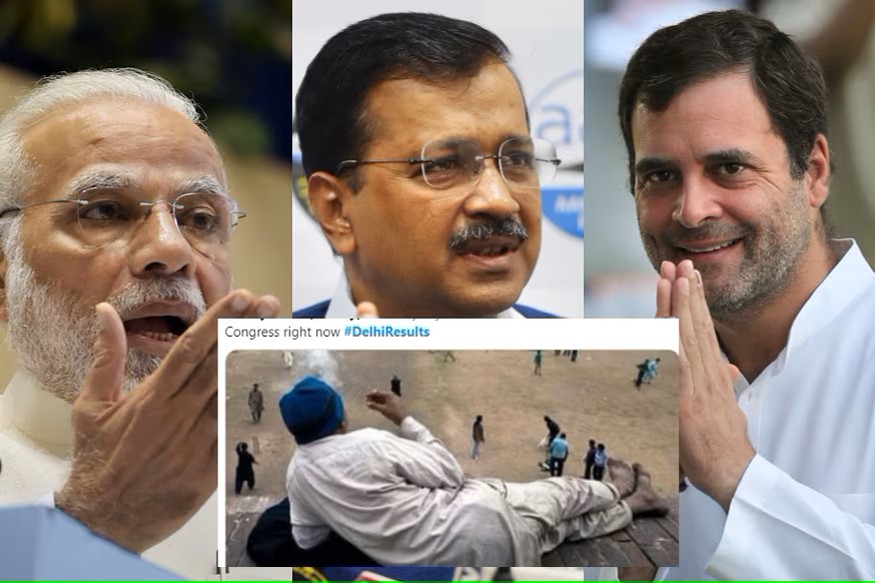 AAP’s unilateral announcement reflects growing frustration with the slow pace of seat-sharing negotiations within the INDIA bloc. This echoes similar discord with the Trinamool Congress in West Bengal, raising concerns about the alliance’s ability to present a united front against the BJP. The Congress, however, remains committed to the alliance, highlighting its focus on issues like air pollution while acknowledging the need for swift progress on seat-sharing talks.
AAP’s unilateral announcement reflects growing frustration with the slow pace of seat-sharing negotiations within the INDIA bloc. This echoes similar discord with the Trinamool Congress in West Bengal, raising concerns about the alliance’s ability to present a united front against the BJP. The Congress, however, remains committed to the alliance, highlighting its focus on issues like air pollution while acknowledging the need for swift progress on seat-sharing talks.
Delhi Chief Minister Arvind Kejriwal’s confident prediction of AAP sweeping all seven Lok Sabha seats in Delhi and his refusal to share seats with Congress in Punjab hint at a deeper strategy. Is this a genuine display of confidence in AAP’s popularity, or a calculated move to undermine the Congress and project AAP as the sole challenger to the BJP? Whatever the motive, it further strains the already fragile relationship between the two parties.
The Delhi saga is just one microcosm of a larger trend. The INDIA alliance, despite its potential to consolidate opposition votes, faces internal disagreements and struggles to present a cohesive narrative. These challenges could significantly impact its effectiveness in key states like Maharashtra, Uttar Pradesh, and Bihar, ultimately influencing the national outcome of the elections.
The success of the INDIA alliance hinges on its ability to navigate these complex dynamics. Can pragmatic adjustments be made to accommodate regional aspirations and individual party strengths? Can a common agenda be formulated that resonates with voters across the country? The answers to these questions will determine whether the alliance emerges as a credible alternative or crumbles under its internal divisions.

